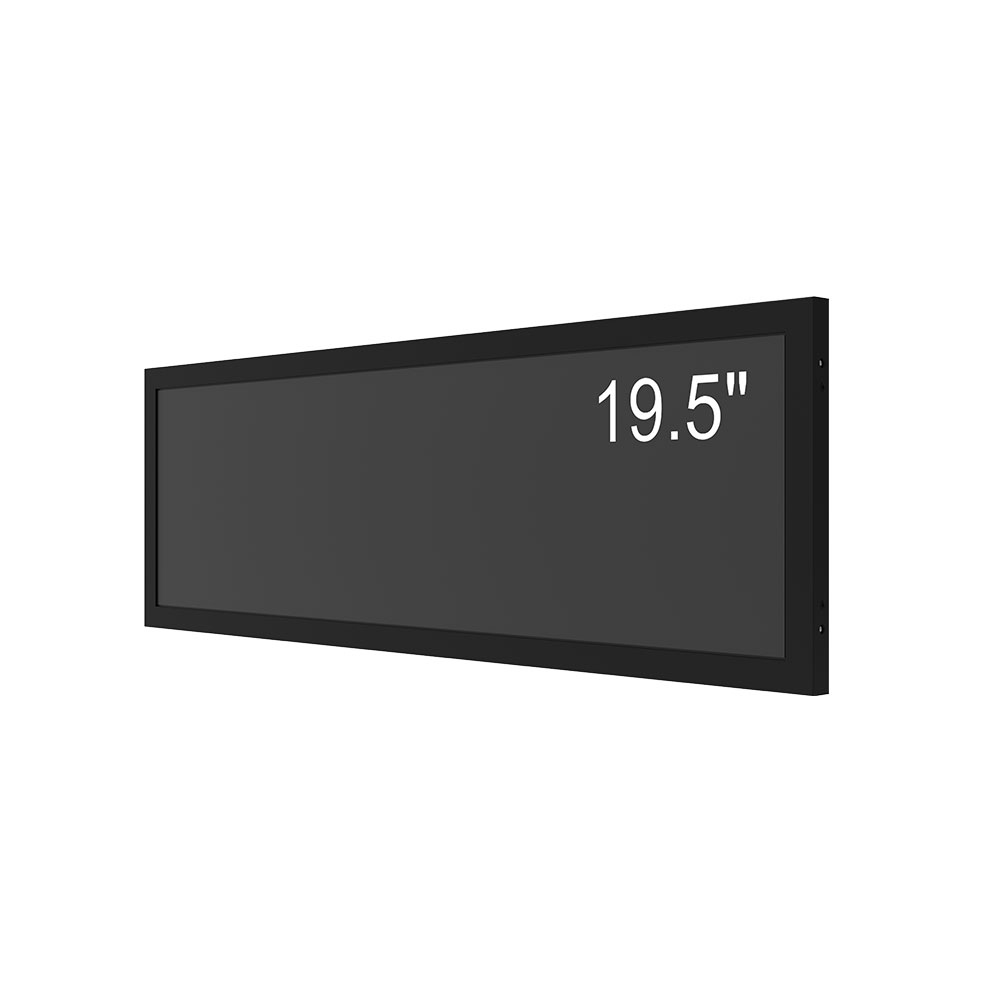Outdoor LCD displays are essential in today’s connected world, especially in environments where visibility under direct sunlight and extreme weather conditions is critical. These high-brightness displays—typically rated at 5,000 to 10,000 nits—are engineered with advanced anti-reflective coatings, wide temperature tolerance (from -30°C to +70°C), and sealed enclosures (IP65 or higher) to ensure reliability in real-world outdoor settings.
In public transportation systems—from subways and buses to intercity rail networks—these displays serve as dynamic passenger information systems (PIS). They provide real-time updates on schedules, delays, platform changes, and emergency alerts. According to a 2023 report by the International Association of Public Transport (UITP), cities using high-brightness LCDs in transit hubs have seen up to a 28% improvement in passenger satisfaction due to clearer, more accessible information.

Similarly, EV charging kiosks and gas pumps rely on these displays to show pricing, charging status, and payment options. In such applications, durability and readability are non-negotiable. A study from the Society of Automotive Engineers (SAE) found that outdoor LCDs with integrated ambient light sensors reduce energy consumption by up to 40% while maintaining visibility in bright daylight.

Retail and real estate sectors also benefit significantly. Outdoor digital signage in shopping malls, parking lots, and commercial buildings uses high-brightness LCDs to attract attention even in direct sunlight. Unlike traditional LED billboards, LCDs offer superior color accuracy and support full HD video content, making them ideal for advertising campaigns. For instance, a case study from Samsung Display showed a 35% increase in foot traffic at retail locations after deploying outdoor LCDs with motion detection and auto-brightness control.
These displays often integrate smart features like remote management via cloud platforms, automatic brightness adjustment based on ambient light, and robust mounting solutions for harsh environments. The use of industrial-grade components—such as cold cathode fluorescent lamps (CCFLs) or LED backlights with high luminance uniformity—ensures consistent performance over years of continuous operation.

For engineers and procurement managers selecting outdoor LCDs, it’s crucial to consider not only peak brightness but also contrast ratio, viewing angles, and power efficiency. Standards like EN 60068-2-1 for mechanical shock resistance and IEC 60068-2-30 for humidity testing must be met for long-term reliability. With rising demand in smart cities, electric mobility, and digital transformation across industries, high-brightness outdoor LCDs are no longer optional—they’re foundational infrastructure.







